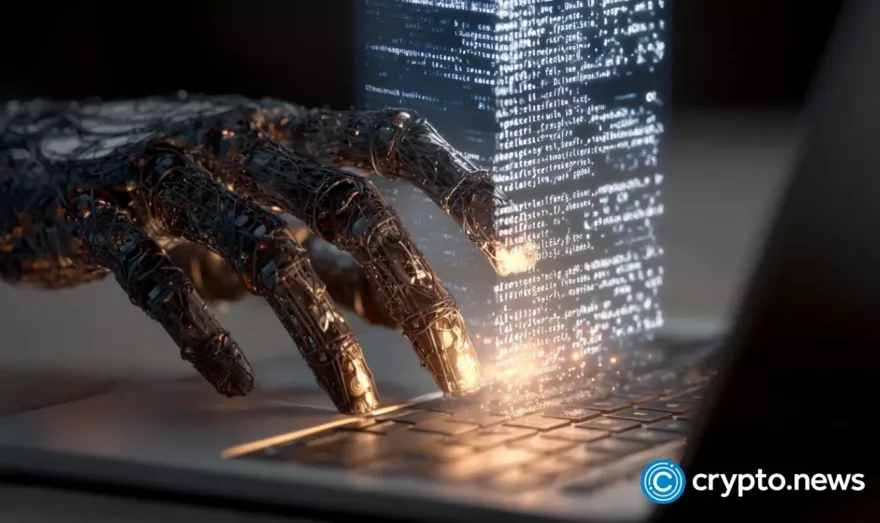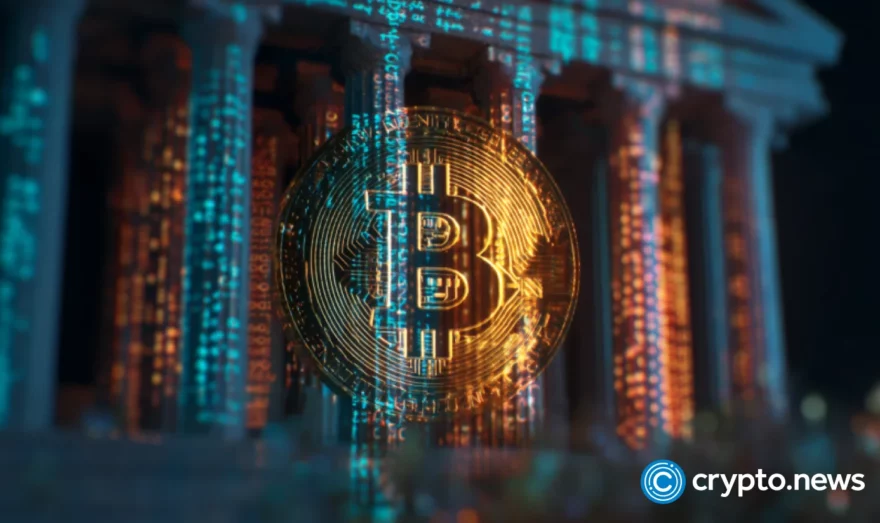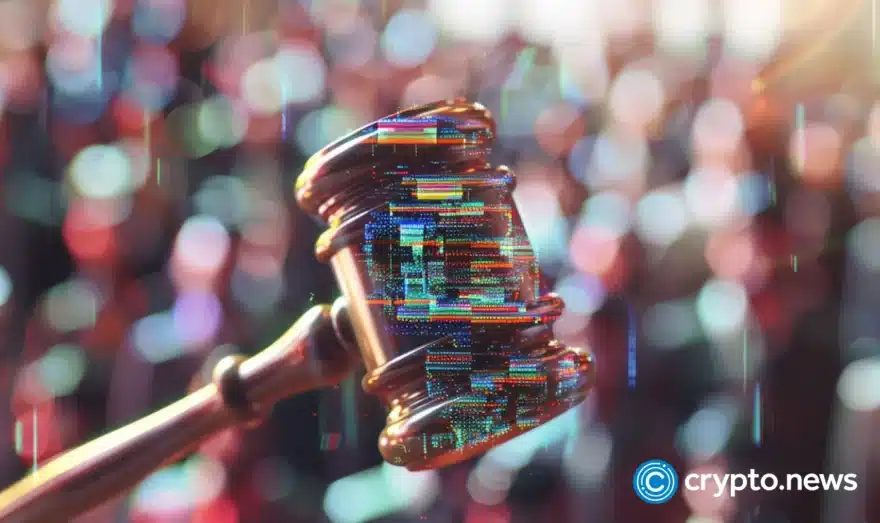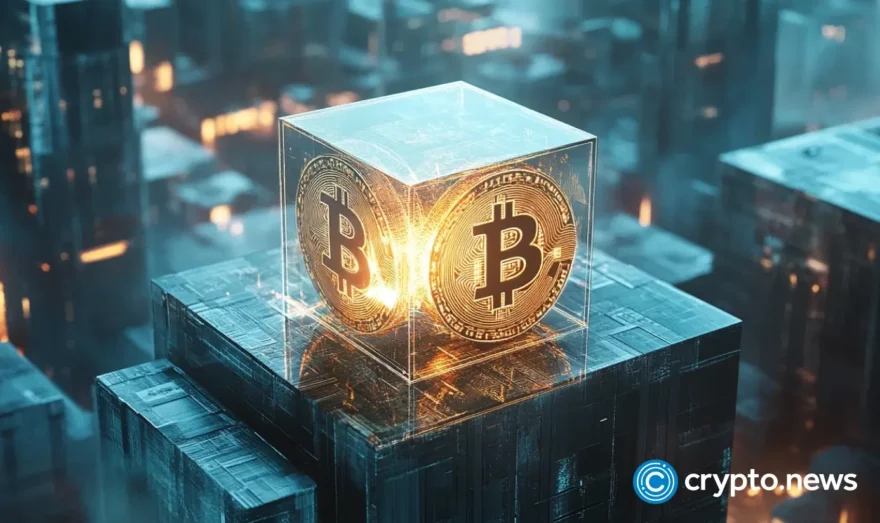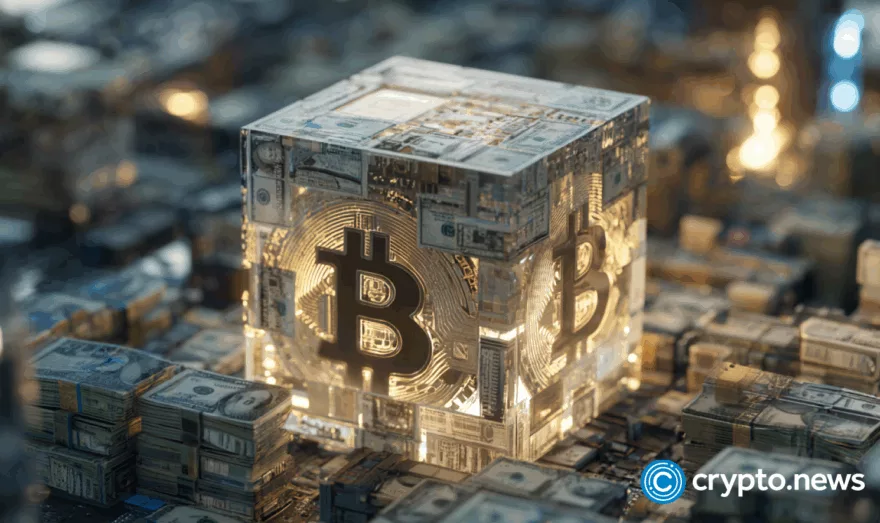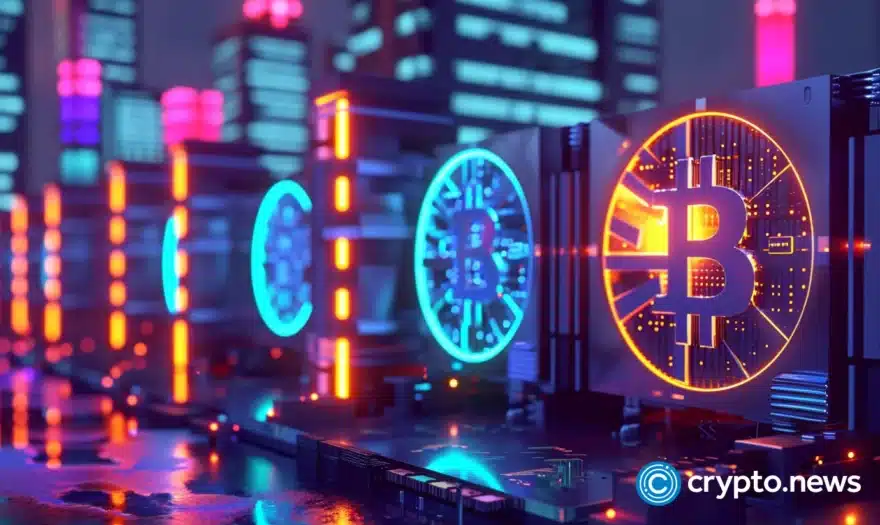GameFi investment is surging: Blockchain becomes a staple in every title | Opinion
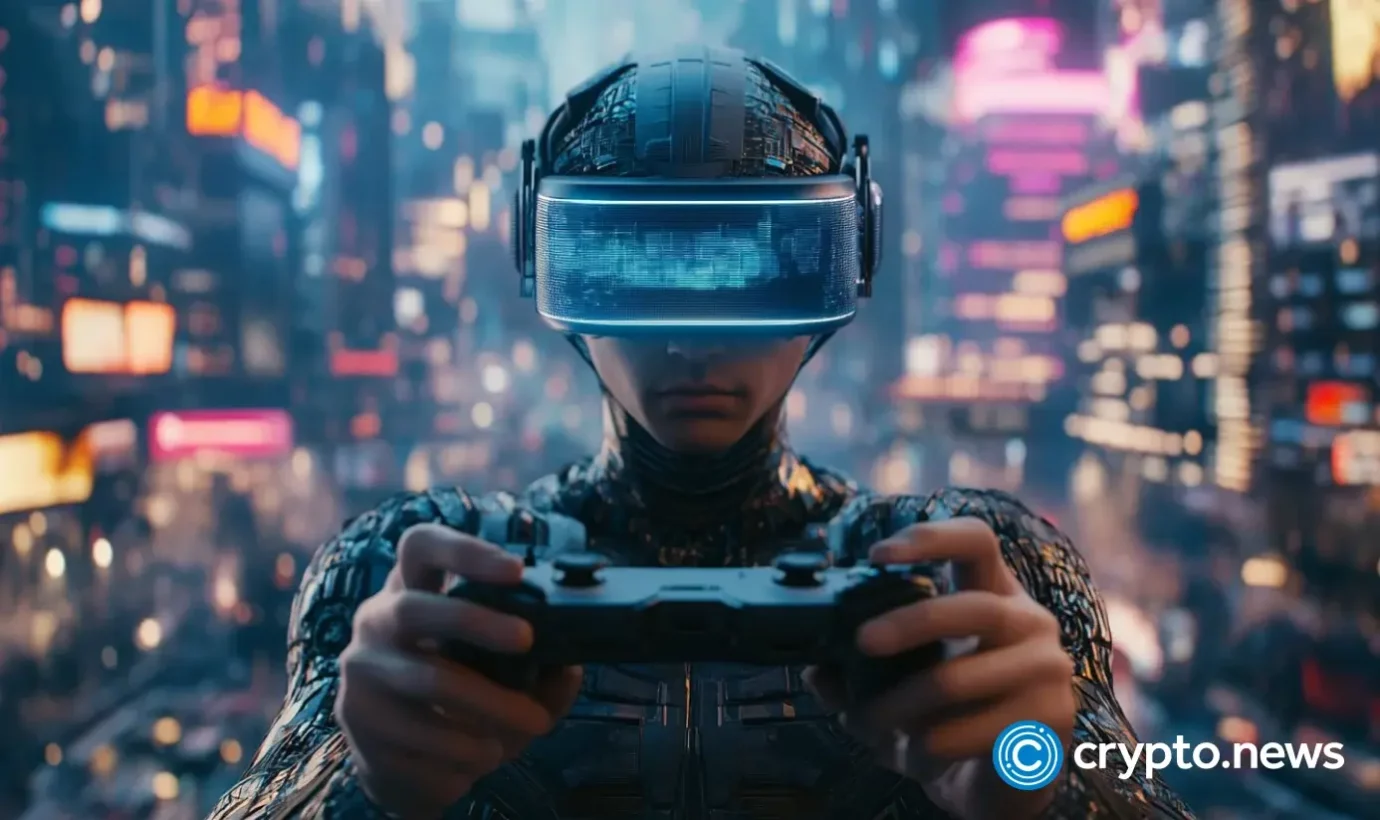
Disclosure: The views and opinions expressed here belong solely to the author and do not represent the views and opinions of crypto.news’ editorial.
Web3 gaming has received a lot of skepticism over the past few years. However, the industry has undergone substantial changes in the developer’s approach to gameplay mechanics, reward models, and inclusivity factors. The result? We’re seeing GameFi emerge stronger than ever.
It’s not just a theoretical observation but rather a statistical one. In the second quarter of 2024, blockchain gaming projects received a remarkable $1.1 billion investment—a 314% jump from the previous quarter. The positive investment sentiment is largely attributed to the growing adoption of web3 games, as they now account for 28% of all dApp activity.
So, it’s safe to say that GameFi is evolving. But what comes next? How does the industry maintain this momentum, and where is blockchain gaming headed on a global scale?
From web3 niche to industry standard
One thing is clear: Web3 gaming is no longer a fleeting trend. Blockchain technology has now cemented itself as an essential tool for the gaming industry, and the reasons are compelling. The most significant advantage that blockchain brings to the table is ownership. Players can now own in-game assets such as skins, characters, or items, creating real value that extends beyond a single title. Web2 games traditionally allowed players to make in-game purchases, but these assets remained tied to the game’s ecosystem, with no option for real ownership. Blockchain breaks this barrier by ensuring true asset ownership and secure transactions, allowing players to trade or sell items across multiple platforms.
Investors have taken notice. The massive capital injection we saw in Q2 2024 is just the start, and the strategic implications go beyond the numbers. Investors are now looking for games that offer long-term value—games where blockchain mechanics complement the gameplay, not overshadow it. This signals a new phase for GameFi, where the focus shifts from short-term speculative gains to creating sustainable ecosystems for both players and developers.
So, developers who ignore this shift risk falling behind. Those who embrace blockchain and web3 technology as part of their long-term strategies are more likely to survive in a market that is rapidly becoming blockchain-centric.
Removing the friction of web3 adoption
For blockchain gaming to achieve mainstream appeal, it must shed the complexity associated with web3 mechanics. One of the common critiques from gamers unfamiliar with web3 is that it introduces unnecessary complications. The integration of wallets, NFTs, and tokens can alienate players who simply want an entertaining experience. Games should be games first—whether they use blockchain or not. What sets blockchain gaming apart is that it adds layers of opportunity, not confusion, as long as developers focus on ease of use.
The solution lies in seamless integration. In successful blockchain games, the underlying technology becomes invisible to the player. They don’t need to understand the intricacies of NFTs or smart contracts. What they see is a game where they can trade, own, and invest in digital assets without any technical friction. Developers are increasingly focusing on making blockchain elements ‘background’ technology that improves player experience rather than becomes the experience itself. When this balance is struck, web3 gaming will see massive adoption from gamers who once dismissed it as overly complicated.
The future of GameFi: Long-term vision and strategic investment
As the market matures, the focus is moving from the play-to-earn business models and more to the competitive and efficient gaming environments. Many early P2E GameFi projects have already collapsed due to unrealistic tokenomics and shallow gameplay mechanics.
The lesson learned here is crucial: Games should not be built around profit motives alone. Fun and engaging gameplay must remain the priority, with blockchain providing opportunities for rewards and ownership as a secondary benefit.
We also learned to accept and adapt to this shift at Farcana, which initially launched as a P2E game but has now been rebranded as a “Bitcoin Shooter.” We have shifted focus to the competitive nature of the game first. Players earn Bitcoin (BTC) as a reward for mastering gameplay—not for simply logging in or participating. This model encourages true player investment and skill development, moving away from the short-term profit-seeking behaviors that characterized earlier GameFi projects.
Games that value experience and competitiveness will also resonate strongly with investors. Investors scrutinize the technology behind the games and the teams developing them. A key component to securing investment is showing that your game can stand the test of time. Building trust through transparent tokenomics and strong community engagement is essential.
Interoperability and cross-platform potential
Another promising direction for the GameFi business is interoperability, where assets are easily transmitted from one game, platform, or even a blockchain to the other. This cross-platform compatibility may change gaming at its core. E-sports leaders can also see a future where a sword attained in one game can be used in another or where a player can exchange in-game money in another game, creating an extra layer of the economy. This is exactly where blockchain technology is set up to advance the concept, and we are already witnessing the first attempts.
This will act as a major trend that will drive GameFi adoption around the world. Well, it’s no longer possible to provide games as stand-alone applications that work in isolation from other titles. People’s money should be protected and have a possibility of gaining value in other experiences, and the technology for this is already available. When web developers focus on ways to make games interoperable, they will be able to catch both the gamers and the investor’s attention and reveal completely new ways of monetizing.
Security and players’ trust
As GameFi continues to grow, security remains a critical concern. One of the biggest reasons why most web3 gaming projects failed after 2021 was the underlying security vulnerabilities. The decentralized nature of blockchain offers solutions to many of the traditional security problems that plague online gaming, such as fraud, hacking, and item theft. Blockchain’s immutable ledger ensures that assets are tied to players, not individual games, protecting player investments regardless of what happens to the game itself.
This ability to secure assets creates a trust-based ecosystem—a feature that will be crucial for mainstream adoption. Players need to feel confident that their in-game investments are safe, even if a game goes offline or a developer disbands. Blockchain’s security protocols, when implemented correctly, offer this peace of mind.
The road ahead
It’s evident now that, as an industry, we’re moving towards a future where web3 technology is a standard feature of most games. Mass adoption is inevitable, but it will require strategic investment, seamless integration, and a commitment to fun, accessible gameplay.
New projects must understand that it isn’t just about earning a quick profit—it’s about creating immersive, engaging worlds where blockchain technology does not complicate the player experience. The key to unlocking this growth will be the industry’s ability to balance fun and accessibility while seamlessly integrating blockchain elements—an equilibrium that, once achieved, will usher in the next generation of gaming.



